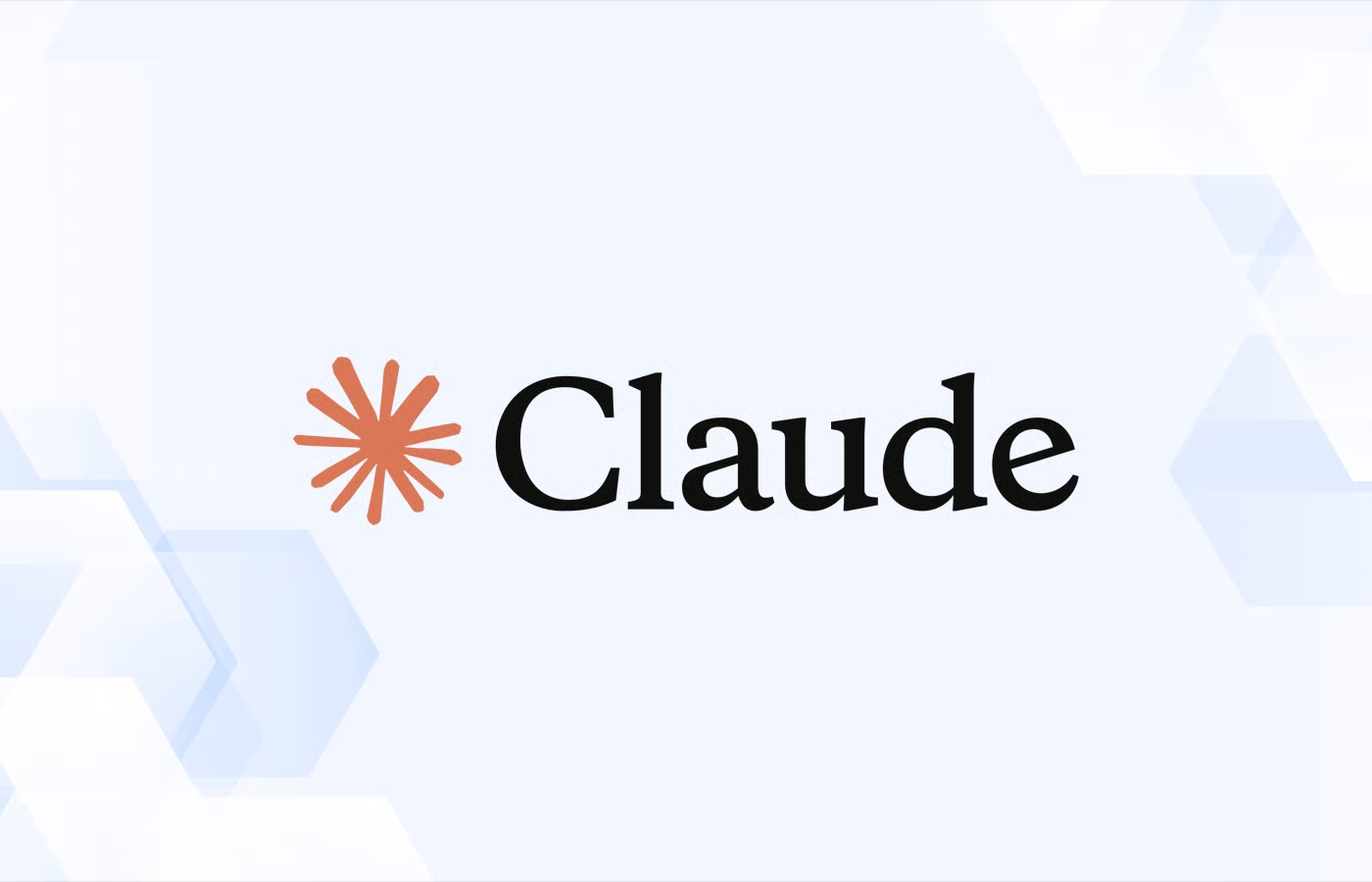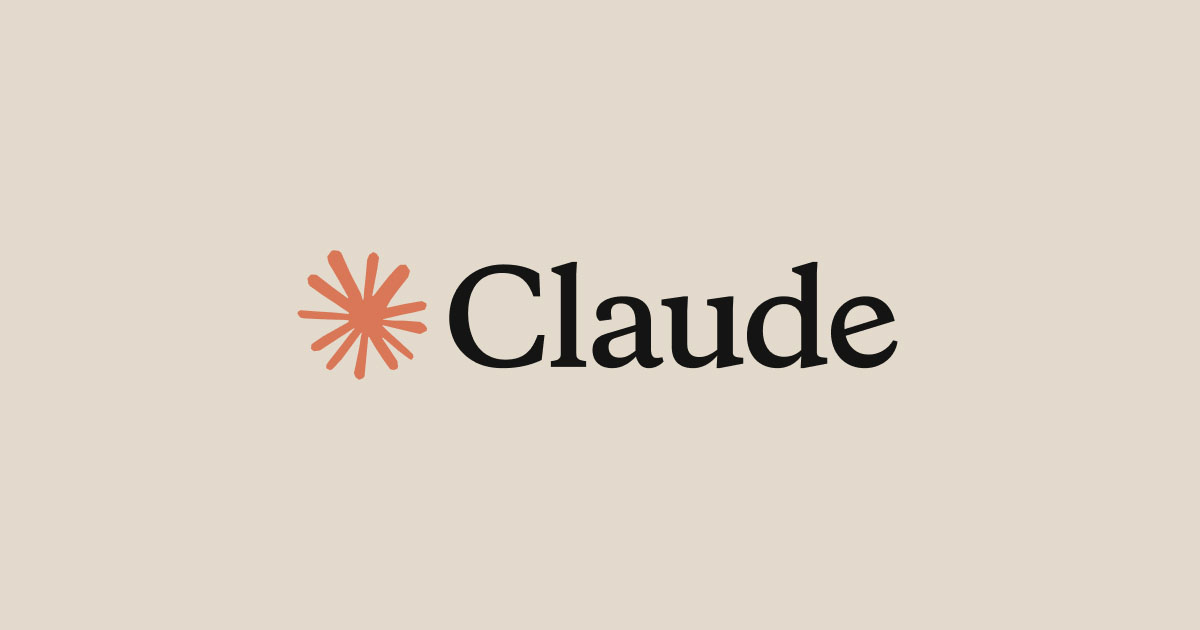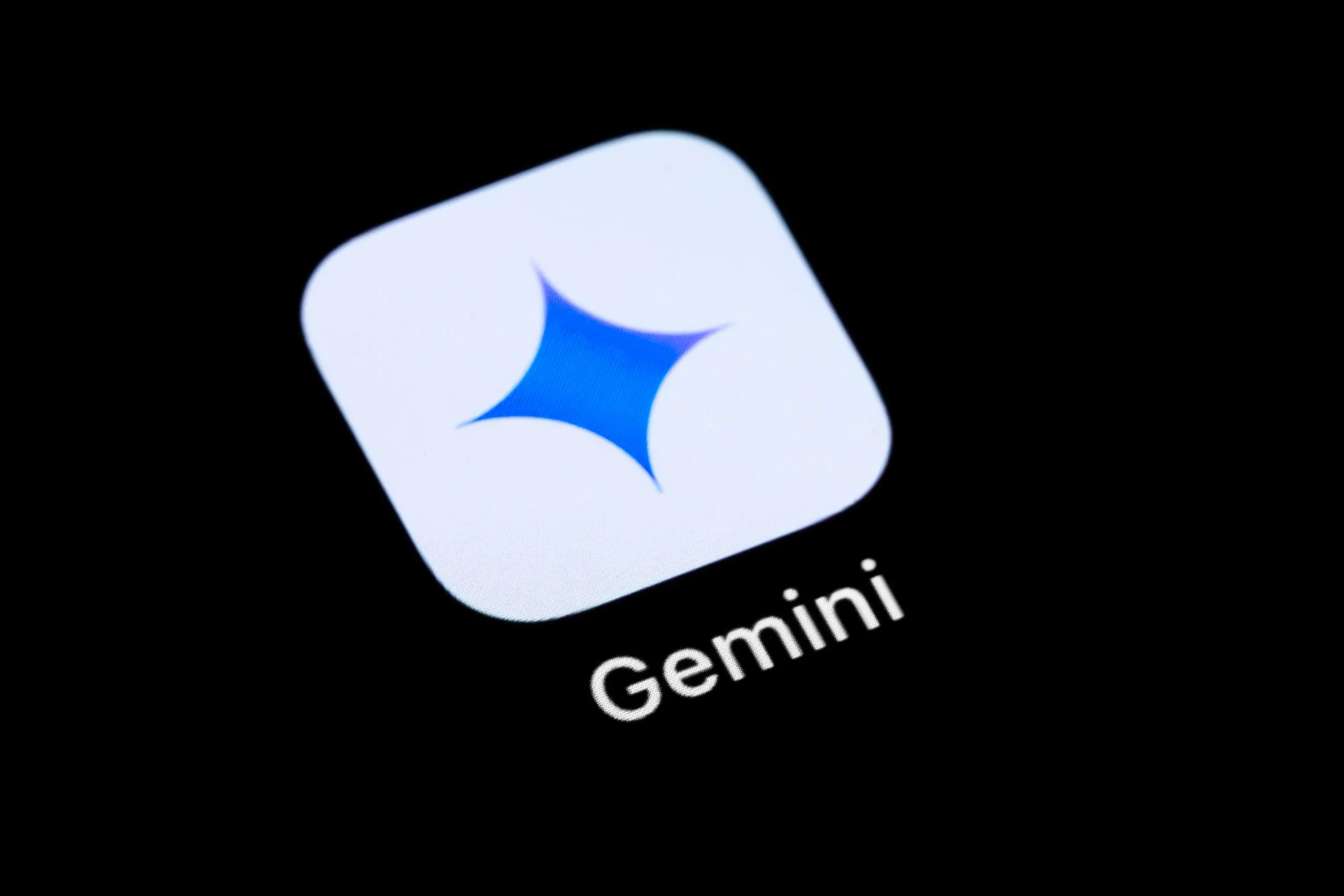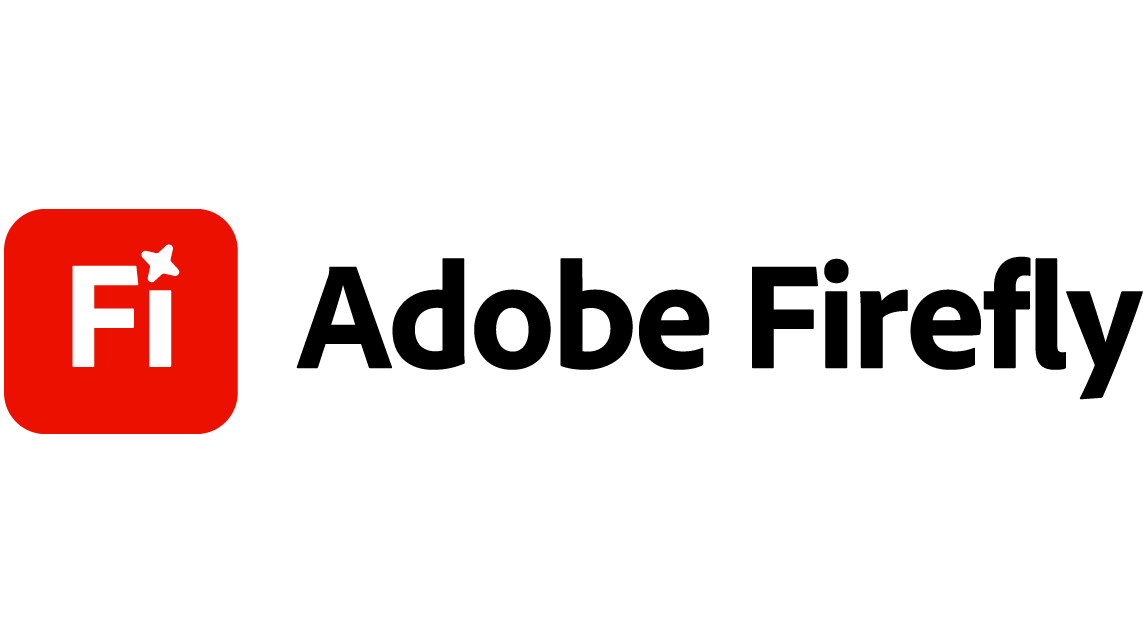The Best AI Tools for Crypto (2025): What They Do, Who Uses Them, Pricing, and Real-World Workflows November, 2025
Discover the top AI tools transforming the crypto world in 2025, from research copilots like ChatGPT and Claude to visual powerhouses like Firefly and Midjourney. Learn how to combine them for smarter analysis, faster content, and sharper insights.
 Written by Nikolas Sargeant
Written by Nikolas Sargeant
In 2025, the crypto world moves faster than humans can reasonably process. Between new L2 launches, meme-coin cycles, and nightly rug-pulls, even full-time analysts can’t read everything. That’s why the smartest players are turning to AI tools, not as crystal balls, but as copilots that make research, content, and strategy less chaotic.
Large language models like ChatGPT, Claude, and Gemini can summarize whitepapers, explain tokenomics, or flag red-flag sections in seconds. Visual AIs like Midjourney and Adobe Firefly help projects turn dense DeFi concepts into visuals that actually stop a scroll. For solo builders, they’re productivity steroids; for teams, they’re leverage.

But the hype comes with hazards. Models hallucinate, data can be stale, and “AI alpha” is often just pattern-recognition dressed as prophecy. The real opportunity isn’t in replacing analysts, it’s in scaling them. Used correctly, AI is a multiplier for human judgment, letting you cover 10× more ground without burning out.
This guide breaks down the top AI tools used across crypto: who’s using them, what they’re best at, how much they cost, and how to combine them into a real-world workflow that makes you sharper, not just noisier.
How We Picked the Top AI Tools for Crypto
The internet is drowning in “Best AI Tools” lists that treat crypto like just another buzzword. We went deeper. Each product here was evaluated on how well it performs in real crypto workflows, not just how flashy its marketing is.
Our criteria combined seven pillars:
- Accuracy & Reasoning Depth – Can the model explain complex blockchain logic without breaking it?
- Real-Time Reach – Does it access current market or on-chain data?
- Crypto Fit – How naturally does it handle tokenomics, smart-contract code, and volatility narratives?
- Multimodality – Can it bridge text, charts, and visuals?
- Integration & APIs – Is it easy to plug into research dashboards or trading stacks?
- Transparency & Safety – How does it handle bias, privacy, and hallucination risk?
- Pricing Clarity – No opaque paywalls or mystery “pro” tiers. You
We excluded purely algorithmic trading bots and meme-prompt generators; this guide focuses on AI products that genuinely boost crypto productivity, research, storytelling, and analysis, not gambling automation.

Together, these filters narrow the field to five tools that actually deliver an edge in a market defined by noise.
At-a-Glance: The Top AI Tools for Crypto
Before breaking down each product, here’s a snapshot of what they do best. Use this table to match the tool to your workflow and budget — whether you’re analyzing tokenomics, designing visuals, or producing daily crypto content.
|
Tool |
Core Strength |
Typical Users |
Standout Features |
Integrations |
Starting Price |
Limitations |
|
ChatGPT (OpenAI) |
General-purpose reasoning, text generation |
Analysts, founders, content teams |
Plugins, code generation, structured prompting |
APIs, third-party apps |
Free / Plus / Team tiers |
Occasional hallucinations, limited live data |
|
Claude (Anthropic) |
Long-context reasoning, safety-first design |
Researchers, compliance, risk teams |
Reads 100K+ token whitepapers easily |
API, Notion, Slack |
Free / Pro / Team tiers |
Conservative filters; fewer integrations |
|
Google Gemini / AI |
Search + fact retrieval |
SEO, research, marketing |
Source citations, Sheets & Docs tie-ins |
Google Workspace, Cloud |
Free / Workspace add-on |
Accuracy depends on query freshness |
|
Midjourney |
Visual generation (art & infographics) |
Designers, social leads |
Prompt-based image synthesis |
Discord-based |
From ≈ $10 / mo |
Limited editing; text handling poor |
|
Adobe Firefly |
On-brand editable visuals |
Design & marketing teams |
Generative Fill, vector export |
Photoshop, Illustrator, Express |
Bundled with CC plans |
Requires Adobe suite; generation caps |
Pricing and features checked October 2025; verify before subscribing.
Buyer’s Guide: Match the Tool to Your Job-To-Be-Done
There’s no single “best” AI tool for crypto, it depends on what you actually do. Below’s a quick cheat sheet matching use cases to the right AI partner, so you don’t waste time on the wrong platform.
Analysts & Researchers
You’re parsing whitepapers, governance proposals, and on-chain reports.
→ Use: ChatGPT or Claude
They’ll translate protocol jargon into plain English, generate due-diligence checklists, and cross-compare tokenomics in seconds. Claude shines for reading massive docs; ChatGPT is best for quick iterative reasoning and templated output.
Content & Community Leads
You need explainers, threads, blog posts, or campaign visuals.
→ Use: ChatGPT + Firefly/Midjourney
ChatGPT gives you structured drafts; Firefly or Midjourney make scroll-stopping art. Together they build narratives that feel coherent and branded.

Founders, Builders & Devs
You’re writing smart-contract docs, investor decks, or UI prototypes.
→ Use: ChatGPT for code generation, Claude for audits, Firefly for interface concepts.
AI helps shorten feedback loops, not replace engineers.
SEO & Growth Teams
You’re fighting for SERPs, data freshness, and fact accuracy.
→ Use: Google Gemini / AI
Its access to search + Docs/Sheets ecosystem keeps you updated and traceable., great for citations and regulatory timelines.
Designers & Brand Managers
You’re producing infographics, hero images, and carousels.
→ Use: Adobe Firefly for brand alignment, Midjourney for creative flair.
Firefly keeps assets editable; Midjourney pushes the visual frontier.
Tip: Combine two tools per workflow, one for thinking, one for showing. That’s where the magic happens.
ChatGPT (OpenAI)
What It Is
ChatGPT is the most widely used large language model in the world — a conversational AI that can analyze data, generate text, write code, and simulate reasoning across virtually any topic. Under the hood sits OpenAI’s GPT-5 family, trained on billions of parameters and constantly refined for safety, reasoning, and contextual understanding. In crypto circles, it’s the Swiss-army knife of productivity: part researcher, part copywriter, part strategist.
Who Uses It
- Analysts distilling long whitepapers or DAO proposals.
- Founders and devs scaffolding smart-contract code or documentation.
- Content teams drafting blog posts, newsletters, and Twitter threads.
- Investors and traders summarizing market sentiment or token news.
- Agencies building chatbots or lead-gen assistants for crypto projects.

Why It’s Good for Crypto
ChatGPT turns chaotic, jargon-heavy blockchain information into structured insights fast. You can:
- Summarize tokenomics and governance models in plain English.
- Compare projects across metrics like security, throughput, and community traction.
- Generate investor briefs or pitch outlines.
- Draft Solidity, Python, or JavaScript snippets for data pulls or dashboards.
- Build content calendars, explainer scripts, or marketing funnels.
When linked to retrieval or web-browsing tools, it can even fact-check against live market data, ideal for regulatory updates, token launches, or funding rounds.
Pricing Snapshot (Oct 2025)
- Free tier: limited access, slower queue.
- ChatGPT Plus: around $20 / mo, priority access, GPT-5 model.
- Team / Enterprise plans: collaborative workspaces, admin controls, secure data isolation.
- API pricing: usage-based, suitable for integrations and automations.
(Verify current tiers before publishing; pricing may shift.) - Limitations
ChatGPT can hallucinate numbers or citations, so never use it as a single source of truth. It lacks native on-chain connectivity; real-time data requires external APIs. Complex math or coding outputs need human review.
Pro Tips
- Be explicit: tell it who you are (“You’re a crypto analyst…”).
- Request sources or confidence scores.
- Chain prompts — e.g., summary → risk analysis → tweet thread.
- Keep a glossary of token tickers and project names to cut ambiguity.
Quick-Start Prompts
- “Act as a crypto analyst. Compare Ethereum L2 vs Solana in Q4 2025; list 3 bullish and 3 bearish catalysts with probabilities.”
- “Summarize this whitepaper (pasted text) into 8 bullet points for non-technical investors.”
- “Write a 100-word LinkedIn post explaining what modular blockchains mean for DeFi yield.”
Compliance Notes
ChatGPT outputs educational content, not financial advice. Always verify data, redact private keys, and keep human oversight for anything trade-sensitive.
Claude (Anthropic)
What It Is
Claude, built by Anthropic, is an AI assistant designed around constitutional safety and long-context reasoning. Named after Claude Shannon, the father of information theory, it’s built to think deeply without drifting. Its standout advantage is the ability to handle massive text inputs — ideal for crypto whitepapers, audits, and governance discussions that would choke other models.

Anthropic positions Claude as a “helpful, honest, and harmless” system — meaning it’s less likely to hallucinate, overhype, or produce speculative claims. For crypto users drowning in PDFs, forum threads, or Discord debates, that makes it a reliable reader and explainer.
Who Uses It
- Crypto researchers summarizing 100+ page documents or protocol audits.
- Risk & compliance teams verifying claims in marketing or investor decks.
- DAO contributors analyzing governance proposals.
- Writers & editors checking factual consistency in long-form content.
Why It’s Good for Crypto
Claude’s superpower is comprehension at scale. You can paste entire reports, whitepapers, or funding docs — it’ll parse structure, highlight assumptions, and point out inconsistencies. For due diligence, it’s a secret weapon:
- Breaks down tokenomics, emission schedules, and vesting terms.
- Detects red flags in governance language or audit reports.
- Creates digestible summaries for newsletters or investor memos.
- Conducts “stress tests” on assumptions (e.g., what if staking APY halves?).
- Analyzes on-chain narratives when fed scraped data or social threads.
Because of its cautious alignment, Claude rarely fabricates metrics or names, though it may occasionally refuse vague or speculative prompts.
Pricing Snapshot (Oct 2025)
- Claude Free: limited daily access.
- Claude Pro: ~$20–25 / mo, priority access, longer context window.
- Team / Enterprise tiers: collaboration tools, API integration, and enhanced security.
- API usage: priced per token; popular among AI-enabled analytics startups.
Limitations
Claude can err on the side of caution, refusing gray-area topics or outputs that seem like financial advice. Its ecosystem of third-party plugins and retrieval integrations is smaller than OpenAI’s. Occasionally slower for heavy context windows.
Pro Tips
- Use it for audits, summaries, and risk framing, not creative marketing.
- Paste long sections at once — it thrives on context.
- Ask it to list “assumptions, unknowns, and verification steps.”
- Use it to critique other AI outputs for bias or accuracy.
Quick-Start Prompts
- “Read the tokenomics section below and identify unstated assumptions and potential failure points.”
- “Summarize this DAO proposal in 5 bullets and rate clarity (1–10).”
- “List key regulatory risks for DeFi stablecoins in 2025, grouped by region."
Compliance Notes
Claude’s guardrails reduce misinformation risk, but always double-check outputs before public release. Treat it as a second brain, not a trading oracle.
Google Gemini / Google AI
What It Is
Google Gemini is the search giant’s flagship family of multimodal models, blending text, image, code, and data reasoning. Unlike most AI tools, it sits natively inside Google’s ecosystem, Search, Docs, Sheets, Gmail, and Cloud, giving it built-in access to live information and citation trails. That makes Gemini uniquely positioned for fact-based crypto work where recency and verifiable sourcing matter.

Think of it as your “AI-powered research assistant” that can scan the web, fetch sources, and organize data without you leaving Workspace. For crypto, where narratives shift hourly, that’s gold.
Who Uses It
- SEO and content teams verifying regulatory updates and market news.
- Analysts and journalists checking token launch details or project timelines.
- Founders and CMOs writing investor materials that must cite credible data.
- Educators and agencies producing evergreen educational content tied to real sources.
Why It’s Good for Crypto
Gemini’s advantage is its connection to Google’s search infrastructure. While LLMs like ChatGPT and Claude rely on static training data or external plugins, Gemini can pull in fresh citations and generate linked summaries.
Practical use cases include:
- Tracking live events like ETF approvals or airdrop announcements.
- Generating outlines or summaries with timestamped links.
- Parsing charts or screenshots for quick visual interpretations.
- Populating Sheets with token metrics or price comparisons.
- Producing SEO-ready content briefs anchored in verified data.
For content marketers, it’s also a shortcut: ask Gemini to gather current stats, then send them to ChatGPT or Claude for deeper analysis.
Pricing Snapshot (Oct 2025)
- Gemini (free): limited access inside Search, Docs, and Gmail
- Gemini Advanced (Google One add-on): around $20–25 / mo, enhanced reasoning + multimodal.
- Workspace / Cloud integrations: enterprise tiers for teams, billed per seat or API use. (Pricing shifts with Google One plans — confirm before publishing.)
Limitations
Accuracy depends on how fresh Google’s indexed data is; older or obscure projects might return weak citations. Gemini’s creative writing and long-form reasoning are still less fluid than ChatGPT’s. API limits apply for bulk tasks.
Pro Tips
- Always request citations + timestamps in every query.
- Use Gemini inside Sheets to update watchlists automatically.
- Cross-verify with ChatGPT or Claude to deepen context.
- Perfect for editorial workflows needing traceability.
Quick-Start Prompts
- “List recent SEC or MiCA announcements (past 30 days) affecting ETH ETFs, include links and dates.”
- “Outline a blog titled ‘The Future of AI Agents in Crypto’ with section ideas and source links.”
- “Summarize the latest Google Trends data for Bitcoin vs Solana interest worldwide.”
Compliance Notes
Because Gemini ties directly to Search, include citation links when publishing outputs, it protects credibility and SEO. Always check regional data privacy laws when exporting Google-linked content.
Midjourney
What It Is
Midjourney is a generative image model that transforms text prompts into high-quality visuals, from photorealistic portraits to abstract concept art. It runs through Discord, where users enter prompts, iterate in real time, and upscale results. Unlike most AI tools, Midjourney feels more like an art studio with an AI collaborator than a traditional app.

In the crypto space, Midjourney has become the go-to design engine for producing visuals that make complex or intangible ideas, like liquidity flows, blockchains, or DeFi, visually compelling. It’s the reason half of the crypto world’s best-looking Twitter posts look like movie posters.
Who Uses It
- Designers & brand teams creating hero images, banners, and infographics.
- Community managers producing fast, high-impact visuals for posts or announcements.
- Educators & analysts making abstract blockchain concepts easier to grasp.
- Agencies crafting ad creatives and explainer visuals for client decks.
Why It’s Good for Crypto
Midjourney bridges a huge gap: crypto ideas are often invisible. You can’t “see” staking, proof-of-work, or zk-rollups, but you can visualize them metaphorically. With prompt-based control, users can:
- Design thematic illustrations (“Ethereum as a digital city”).
- Build infographic backgrounds for trading or on-chain data posts.
- Generate visual metaphors for whitepapers and decks.
- Create NFT or collectible mockups for marketing previews.
- Experiment with branding concepts before hiring a studio.
The visual quality is cinematic and stylized, giving content a polished edge even on a startup budget.
Pricing Snapshot
- Basic Plan: ~$10 / mo — limited fast hours, personal use.
- Standard Plan: ~$30 / mo — more generation time, commercial rights.
- Pro & Mega Plans: ~$60–120 / mo — extended fast mode, private visibility.
Limitations
Midjourney can’t edit text precisely (logos, UI mockups) and doesn’t natively output vector or layered files. Editing requires exporting to Photoshop or Firefly. Prompt control is powerful but unpredictable, small word changes can swing styles dramatically.
Pro Tips
- Build a prompt library in Notion or Sheets — reuse phrasing that works.
- Use ChatGPT to refine prompts into multiple aesthetic variants.
- Add “isometric,” “editorial lighting,” or “infographic” to guide clarity.
- Combine with Firefly for post-editing and typography.
Quick-Start Prompts
- “Isometric fintech diagram — blockchain nodes connected by glowing lines, clean UI, pastel background.”
- “Futuristic cityscape symbolizing DeFi liquidity — cinematic lighting, metallic palette, digital painting.”
- “Minimal geometric composition showing proof-of-stake mechanism, editorial magazine style.”
Compliance Notes
Always clarify that images are conceptual, not factual. Don’t use generated visuals to misrepresent project data or investor materials. Include “AI-generated” or “illustration” labels when publishing to maintain transparency.
Adobe Firefly
What It Is
Adobe Firefly is Adobe’s generative AI suite built directly into Creative Cloud, powering Photoshop, Illustrator, Express, and more. Unlike Midjourney, which produces finished images from prompts, Firefly focuses on editable, brand-safe content. You can generate, expand, or restyle visuals while keeping full control of layers, typography, and export formats.

For crypto teams that already design in Photoshop or Illustrator, Firefly isn’t a separate toy, it’s a creative upgrade. It turns static assets into adaptive templates, ideal for campaigns, dashboards, and whitepaper visuals that must stay consistent across formats.
Who Uses It
- Design leads & brand managers maintaining cohesive aesthetics across posts, decks, and ads.
- Content marketers creating quick variations for social, blog headers, or thumbnails.
- Founders & indie projects needing pro-looking materials without hiring full-time designers.
- Creative agencies producing client visuals at scale with editable AI assistance.
Why It’s Good for Crypto
Firefly bridges speed and control. It generates professional, editable graphics — a crucial advantage in crypto marketing, where visuals must evolve fast but stay on-brand. You can:
- Generate clean, vector-friendly infographics for tokenomics or DeFi concepts.
- Extend images with Generative Fill to adapt assets for new aspect ratios.
- Apply Text Effects for stylized headlines (“AI Meets Blockchain,” neon typography).
- Combine with Brand Libraries (colors, fonts, logos) to maintain consistency.
- Export layered files (PSD, AI, SVG) ready for developers or printers.
Pricing Snapshot
- Included with Creative Cloud (Photoshop, Illustrator, Express, etc.).
- Standalone Firefly web app available with credit-based generation system.
- Business and Enterprise plans include brand controls and asset governance.
(Pricing varies by plan and credit usage — confirm before publishing.)
Limitations
Firefly generation limits apply depending on your subscription tier. It’s less exploratory than Midjourney, perfect for refinement, not abstract art. Requires some design literacy to extract full value.
Pro Tips
- Define your brand kit inside Firefly before generating.
- Use prompts with design language, not story language (“flat infographic style,” “geometric fintech UI”).
- Export in vector or layered formats to tweak text and alignment later.
- Pair with ChatGPT to generate prompt templates for carousel or ad layouts.
Quick-Start Prompts
- “Design a 1080×1080 crypto explainer template — ‘How Staking Works’ — clean grid layout, vector icons, blue palette.”
- “Create a blog header for ‘Top AI Tools for Crypto’ — abstract neural network meets blockchain, gradient background.”
- “Generate an editable infographic showing token distribution (60% community, 20% team, 20% treasury).”
Compliance Notes
Firefly assets are commercially safe under Adobe’s content guidelines, but always verify licensing for external logos or tokens. Use AI-generated visuals responsibly, they should inform and engage, not mislead investors or regulators.

Adjacent Tools You Might Pair With These
While ChatGPT, Claude, Gemini, Midjourney, and Firefly handle most creative and analytical tasks, you’ll unlock real leverage when you combine them with domain-specific crypto tools. These integrations bring structure, data, and automation — the pieces general AI models lack.
On-Chain & Market Analytics
- Nansen, Arkham, Dune, and Glassnode feed AI models with real transaction data, wallet flows, and token performance.
- Pair these dashboards with ChatGPT or Claude: export CSVs or dashboards → ask the model to interpret trends, risk exposure, or whale behavior.
Automation & Agents
- Tools like Zapier, Make, or Notion AI connect your models to live workflows: automate report generation, summarize Telegram threads, or trigger alerts when key metrics change.
- Developers use OpenAI or Anthropic APIs to build lightweight research agents or trading-support bots.
Collaboration & Knowledge
- Store and version all AI outputs inside Notion, Confluence, or Google Drive — then let Gemini or ChatGPT index and summarize them.
- Create a “prompt library” wiki so your team reuses what works instead of starting from scratch.
Code & Security
- For technical builders, GitHub Copilot remains the fastest tool for writing or debugging Solidity or TypeScript code.
- Always keep API keys and wallet addresses behind password vaults like 1Password or Vault, never in chat prompts.
The best setups aren’t about adding more tools, they’re about chaining the right few together so human insight scales safely.
Risks, Ethics & Operational Safeguards
AI in crypto is powerful, but it’s also a liability if used recklessly. These tools can accelerate analysis, content, and decision-making, but without guardrails, they can amplify mistakes at scale.

Hallucinations & Overconfidence
Even top-tier models invent facts when uncertain. Always verify numbers, contracts, or sources before publishing. Add timestamps to every stat. Treat all LLM answers as draft intelligence, not final truth.
Market Sensitivity
AI-generated research can influence sentiment or price perception. Never present model outputs as financial advice or trading signals. Add clear disclaimers and review high-impact material with compliance staff.
Data Privacy & Security
Never paste API keys, wallet addresses, or customer data into AI chats. If you connect models via APIs, use read-only permissions and encrypt stored credentials. Keep private datasets on your own servers.
Bias & Manipulation
LLMs reflect the data they’re trained on, meaning they may echo influencer hype or outdated opinions. Use multiple models (Claude, Gemini, ChatGPT) to triangulate consensus instead of relying on one narrative.
Regulatory & Ethical Baselines
Follow the “three R’s”: Review, Reference, Record.
- Review outputs manually before publishing.
- Reference verified sources or on-chain data.
- Record prompts and revisions for audit trails.
In crypto, credibility is currency, safeguard it as tightly as your private keys.
Sample Workflows
You don’t need a full dev stack to make AI work for you. Below are three battle-tested workflows used by analysts, founders, and marketers who already blend AI and crypto daily.

Workflow A: The 30-Minute Token Brief
Goal: Build an investor-grade summary fast.
- Use Gemini to fetch the latest news and regulatory mentions around a token (include sources + timestamps).
- Paste that info into Claude with the project’s whitepaper — ask for a 10-bullet summary, risks, and unstated assumptions.
- Send Claude’s summary into ChatGPT for polishing and formatting into a 500-word brief or thread.
- Generate a header visual with Firefly (clean infographic) or Midjourney (concept art).
- Add your sources and disclaimers, then publish.
Workflow B: Weekly Social Content Engine
Goal: Consistent crypto education content.
- In ChatGPT, ask for “10 post ideas linked to next week’s major crypto events.”
- Verify each event’s date with Gemini or CoinMarketCal.
- Use Firefly for branded carousel templates; Midjourney for artistic hero images.
- Schedule through your social tools; keep a Notion board of top-performing prompts.
Workflow C: Founder / Dev Sprint Companion
Goal: Speed up dev documentation and design.
- Have Claude read API docs or audits, then summarize integration steps.
- Ask ChatGPT to scaffold example code or readme templates.
- Use Firefly to design UI components or flow diagrams.
- Store everything in Notion or GitHub for the next sprint.
Combine reasoning (ChatGPT/Claude) + validation (Gemini) + visuals (Firefly/Midjourney) = complete AI stack for crypto.

Pricing & Plans (Reality Check)
AI pricing shifts constantly, but here’s a rough snapshot as of October 2025. Always confirm directly before subscribing, tiers, credits, and usage caps change monthly.
|
Tool |
Free Tier |
Individual Plan |
Team / Business |
Notes |
|
ChatGPT (OpenAI) |
✅ Basic access |
$20 / mo (Plus) |
Team & Enterprise plans avail. |
GPT-5 model, API usage billed separately |
|
Claude (Anthropic) |
✅ Daily limit |
~$25 / mo (Pro) |
Team / Enterprise tiers |
Huge context window; API pay-per-token |
|
Google Gemini / AI |
✅ via Search & Docs |
~$20 / mo (Google One AI Premium) |
Workspace add-on per seat |
Includes multimodal + live citations |
|
Midjourney |
❌ (trial ended) |
$10–30 / mo (subs via Discord) |
Pro & Mega ($60–120 / mo) |
Commercial rights vary by tier |
|
Adobe Firefly |
✅ limited credits |
Bundled in CC ($19–60 / mo) |
Enterprise plans with brand controls |
Credit system + integrated apps |
Pro tip: for most crypto workflows, pairing ChatGPT Plus + Midjourney Standard or Firefly CC covers 90% of needs under $50 a month.
The Bottom Line
AI won’t replace crypto experts, but the ones using AI will absolutely outpace those who don’t. The combo of ChatGPT, Claude, Gemini, Midjourney, and Firefly gives any analyst, founder, or content team the ability to cover 10× more ground with the same headcount.
Use ChatGPT or Claude for brains, Gemini for truth, and Midjourney or Firefly for beauty. That’s your modern crypto stack, fast, visual, and verifiable.
Start small: build a single AI-assisted workflow (like a weekly market brief), refine it, then scale.
Just remember: AI is leverage, not a shortcut. The edge still comes from how well you think, and how well you verify.
Smarter prompts. Sharper content. Better calls. Welcome to crypto in 2025.
